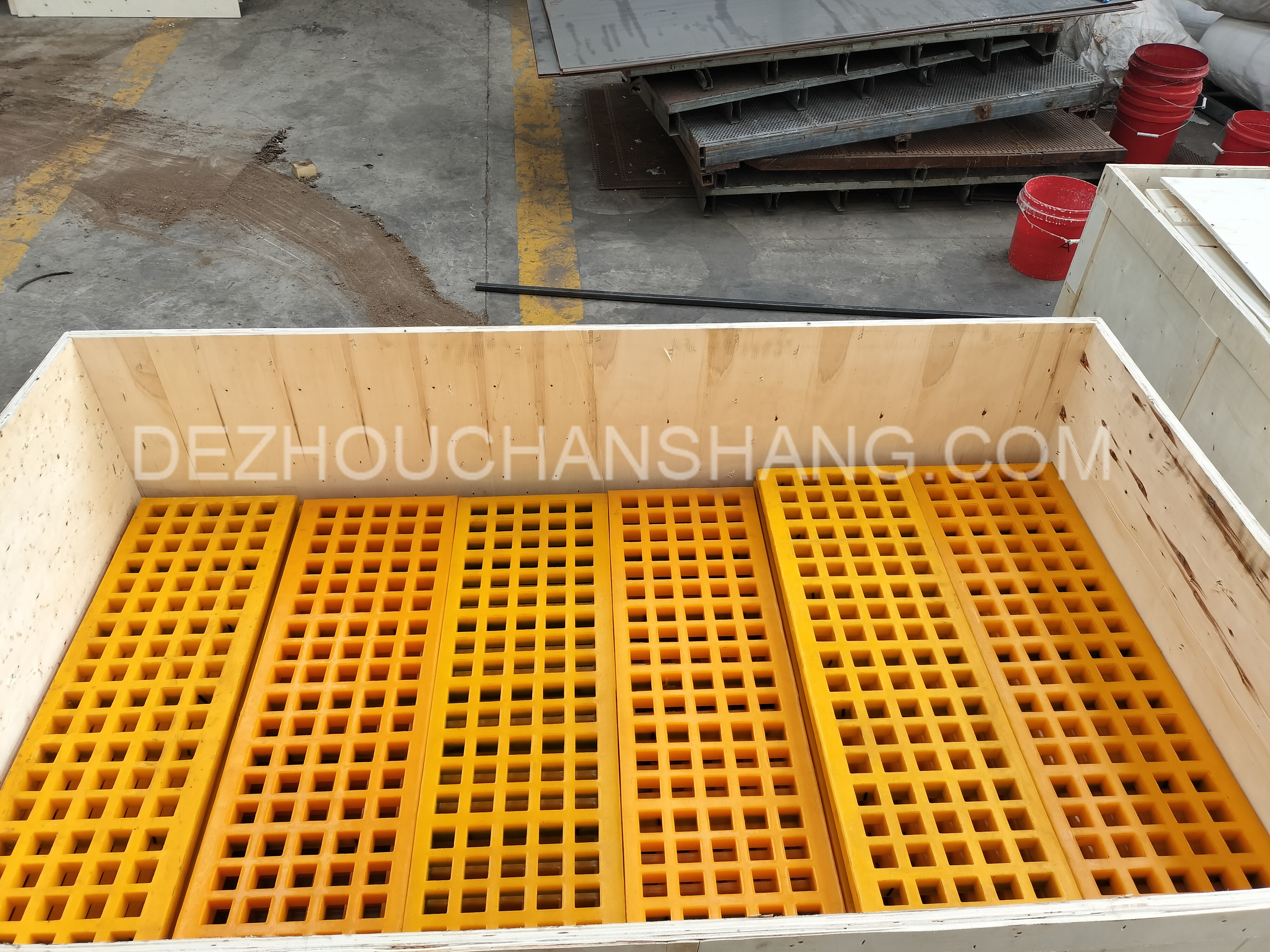- 27
- Mar
Eight factors that determine the price of mining polyurethane screens
Introduction
There are several factors that can influence the price of mining polyurethane screens. These factors include material quality, screen size, screen thickness, screen aperture size, screen tensioning method, screen panel design, screen manufacturer, and order quantity. Each of these factors plays a role in determining the overall cost of polyurethane screens for mining applications.
Material Quality

Polyurethane screens are an essential component in the mining industry, used for separating and sizing materials such as coal, ore, and aggregates. The price of these screens can vary significantly depending on several factors. In this article, we will explore eight key factors that determine the price of mining polyurethane screens.
First and foremost, the quality of the material used in the manufacturing process plays a crucial role in determining the price of polyurethane screens. Higher quality materials are more durable and resistant to wear and tear, which can result in a longer lifespan for the screens. This, in turn, can justify a higher price tag.
Another important factor is the design and construction of the screens. Screens that are custom-designed to meet specific mining requirements may cost more than standard off-the-shelf options. Additionally, screens that are constructed with reinforced edges or additional features such as modular panels may also come at a higher price.
The size and thickness of the polyurethane screens can also impact the price. Larger screens or screens with thicker material may require more raw materials and labor to manufacture, resulting in a higher cost. Additionally, screens with special coatings or treatments for increased abrasion resistance may also be priced higher.
The complexity of the manufacturing process is another factor that can influence the price of polyurethane screens. Screens that require intricate molding or assembly techniques may be more expensive to produce, leading to a higher price for the end product. Additionally, screens that are produced in smaller quantities or with shorter lead times may also come at a premium.
The reputation and experience of the manufacturer can also play a role in determining the price of polyurethane screens. Manufacturers with a proven track record of producing high-quality screens may charge a premium for their products. Additionally, manufacturers that offer warranties or guarantees on their screens may also price them higher to reflect the added value.
The demand for polyurethane screens in the market can also impact their price. Screens that are in high demand or that are used in specialized applications may be priced higher due to increased competition or limited availability. Conversely, screens that are more commonly used or readily available may be priced lower.
The location of the manufacturer can also influence the price of polyurethane screens. Manufacturers located in regions with higher labor or material costs may charge more for their products to cover these expenses. Additionally, manufacturers that import raw materials or components may pass on any additional costs to the consumer in the form of higher prices.
Finally, the quantity of screens ordered can also affect their price. Manufacturers may offer discounts for bulk orders or repeat customers, which can result in lower prices per unit. Conversely, smaller orders or one-off purchases may be priced higher to account for the additional time and resources required for production.
In conclusion, the price of mining polyurethane screens is determined by a variety of factors, including material quality, design, size, manufacturing complexity, manufacturer reputation, market demand, location, and order quantity. By understanding these factors, mining companies can make informed decisions when purchasing polyurethane screens for their operations.
